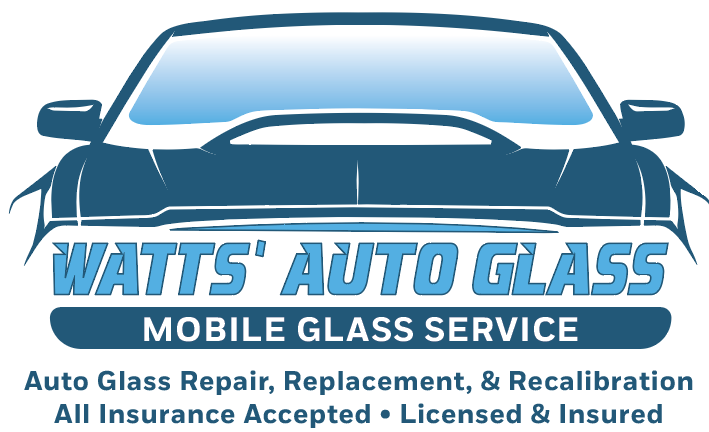Advanced Driver Assistance Systems (ADAS) are designed to improve the safety and comfort of driving by assisting the driver in controlling the vehicle. These systems use cameras, sensors, and radar to monitor the surroundings of the vehicle and provide warnings and assistance when necessary. ADAS technology has become increasingly prevalent in modern cars, with features such as adaptive cruise control, lane departure warning, and automatic emergency braking becoming standard on many models. However, ADAS systems require regular calibration to ensure they are functioning properly. Calibration is the process of adjusting and aligning the cameras and sensors that make up the ADAS system, so they work together correctly. Without proper calibration, ADAS systems can give incorrect warnings or even fail to work altogether. This can be a serious safety risk for the driver, passengers, and other road users.
The Importance of ADAS Calibration
ADAS systems rely on a complex network of cameras and sensors that must be precisely calibrated to work together correctly. These systems are designed to provide accurate information about the vehicle’s surroundings, including the distance to other objects, the speed of other vehicles, and the position of the vehicle within the lane. If these sensors are not calibrated correctly, they may not be able to provide accurate information, leading to incorrect warnings or even system failure. Calibration is especially important after any work is done on the vehicle that could affect the ADAS system, such as windshield replacement, wheel alignment, or suspension repairs. In these cases, even a slight misalignment of the cameras or sensors can cause the system to malfunction. Regular calibration is also necessary to ensure the system remains accurate over time, as sensors can become misaligned due to normal wear and tear.
When to Get ADAS Calibration
ADAS calibration is necessary for a variety of situations, including:
- After any work is done on the vehicle that could affect the ADAS system
- After a collision or accident that affects the front or sides of the vehicle
- When a warning light for the ADAS system appears on the dashboard
- When the vehicle has been driven on rough roads or off-road terrain
- When the vehicle’s tires or suspension have been replaced or adjusted
It is important to note that some manufacturers recommend regular calibration, even in the absence of any warning lights or obvious issues with the system. Check your owner’s manual or contact your dealer to determine the recommended calibration schedule for your vehicle.
The Calibration Process
The ADAS calibration process involves a series of steps to ensure the cameras and sensors are aligned correctly. Depending on the system and the vehicle, the calibration process may include:
- Inspection of the sensors and cameras to ensure they are clean and free from damage
- Adjustment of the cameras and sensors to ensure they are aligned correctly
- Verification of the system’s accuracy through road testing and diagnostic tools
Calibration must be performed using specialized equipment and software specific to your vehicle’s make and model. It is important to choose a service provider with the necessary expertise and equipment to perform the calibration correctly.
Choose a Professional Service Provider
ADAS calibration is a complex process that requires specialized equipment and expertise. Choosing a professional service provider is essential to ensure the calibration is performed correctly and the system is functioning as intended. Look
